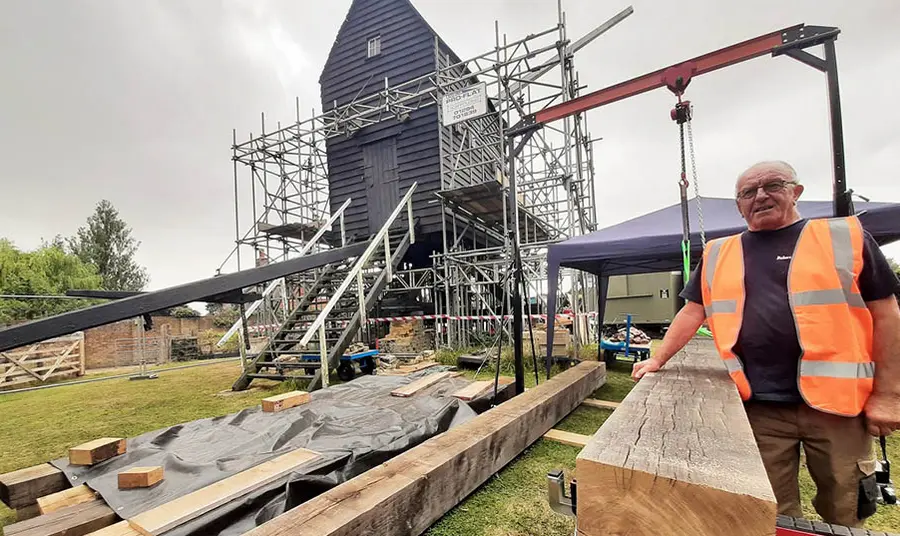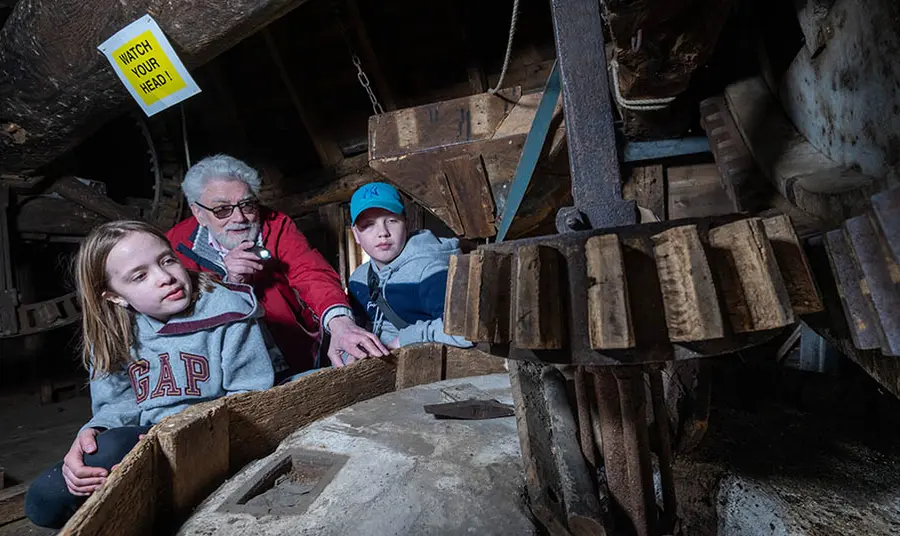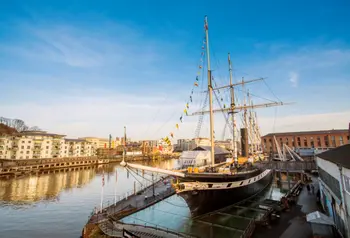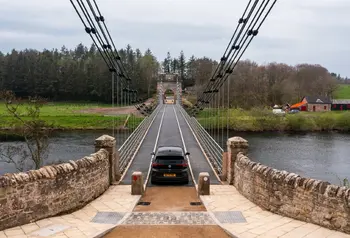From facing collapse to welcoming visitors: the UK’s oldest windmill reopens
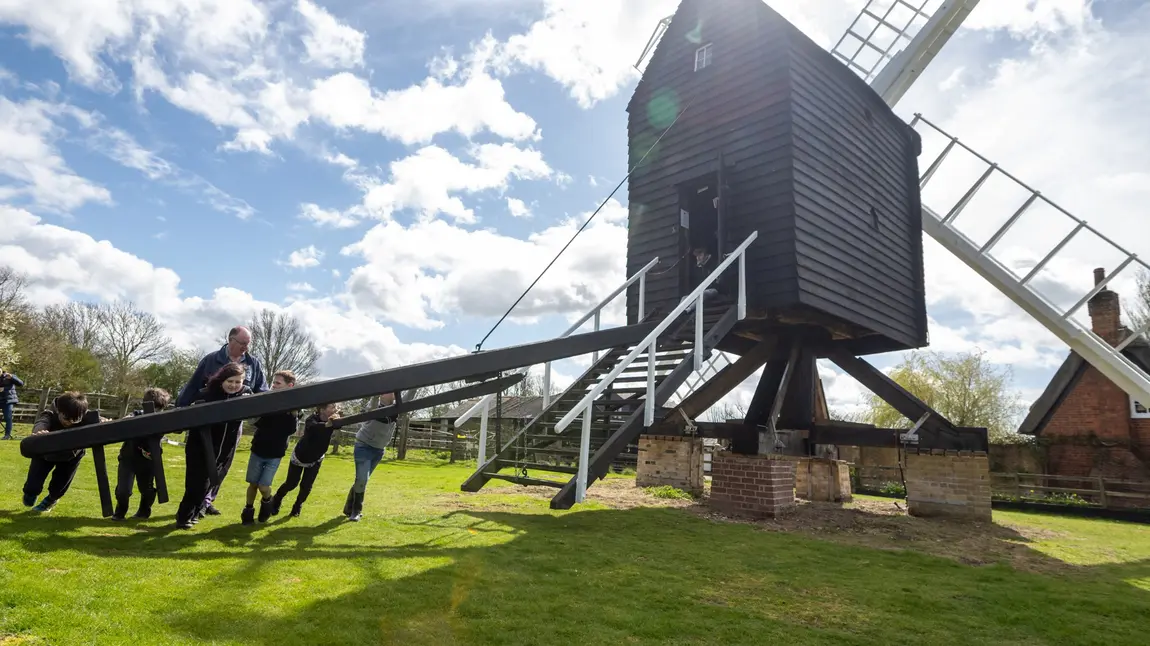
In early 2020, extensive rot was discovered in the colossal timber beams that hold up the mill. After a three-year project to save the mill and £150,000 in support from National Lottery players, it's ready to welcome visitors again this summer.
Bourn Mill is of national importance and great pride to the local community. Owned by Cambridge Past, Present & Future, the mill is cared for and opened to the public largely through the efforts of volunteers from the local community.
Saving the historic landmark
Only 50 of this type of windmill, called a post-mill, remain in the UK. It is so named because the weight of the mill, sails and all, is supported by one central wooden post, held in place by horizontal and diagonal wooden tresses. This medieval design means that the windmill can be turned on its post to catch the wind, as shown in this video tour of the windmill.
With support from Historic England and the dedication of conservation specialists, work to repair the mill to a high standard continued through heatwaves and freezing conditions.
Graham Bruce, Joint Chair, Bourn Windmill Volunteers, said: “It was decided that the whole trestle should be replaced. This restoration was truly a collaborative effort, involving an architect, structural engineer, millwright, carpenter and more.”
The supporting wooden tresses and brick foundations have been replaced, ensuring the mill’s survival for future generations to learn about this part of the UK’s industrial heritage.
Volunteers are central to sharing Bourn Mill’s story
A committed group of volunteers care for the mill, organise and run heritage open days, and were crucial to spreading the word and fundraising for the mill's restoration. On open days, volunteers help visitors interact with the mill and guide tours inside to bring its rich history to life.
Andrew Smith, Bourn Windmill Volunteer said: “The mill needs to be turned on a regular basis, and when we have lots of visitors on an open day we get children involved in pushing the mill round. It’s a beautiful mill, and it tells such a story about our social history.”
New partnerships with local community groups
To help engage local communities with the windmill for the first time, the project has developed a relationship with Cambridgeshire Acre, a local organisation working to support rural communities. Youth groups in nearby Cambourne are creating a new information board, visitor leaflet and virtual tour of the windmill, and new walking trails to the windmill are being developed with the local Wildlife Trust.
Robyn Llewellyn, Director, England, Midlands & East at The National Lottery Heritage Fund, said: "Investing in heritage means investing in the community it belongs to, which is why we are proud to have supported Cambridge Past, Present & Future in repairing and reopening this historically significant site, thanks to National Lottery players."
The project also received funding from Historic England, The Pilgrim Trust, Marshall and others.
Get funding for your heritage project
Take a look at our good practice guides for advice on engagement plans, building maintenance, engaging volunteers and more.
